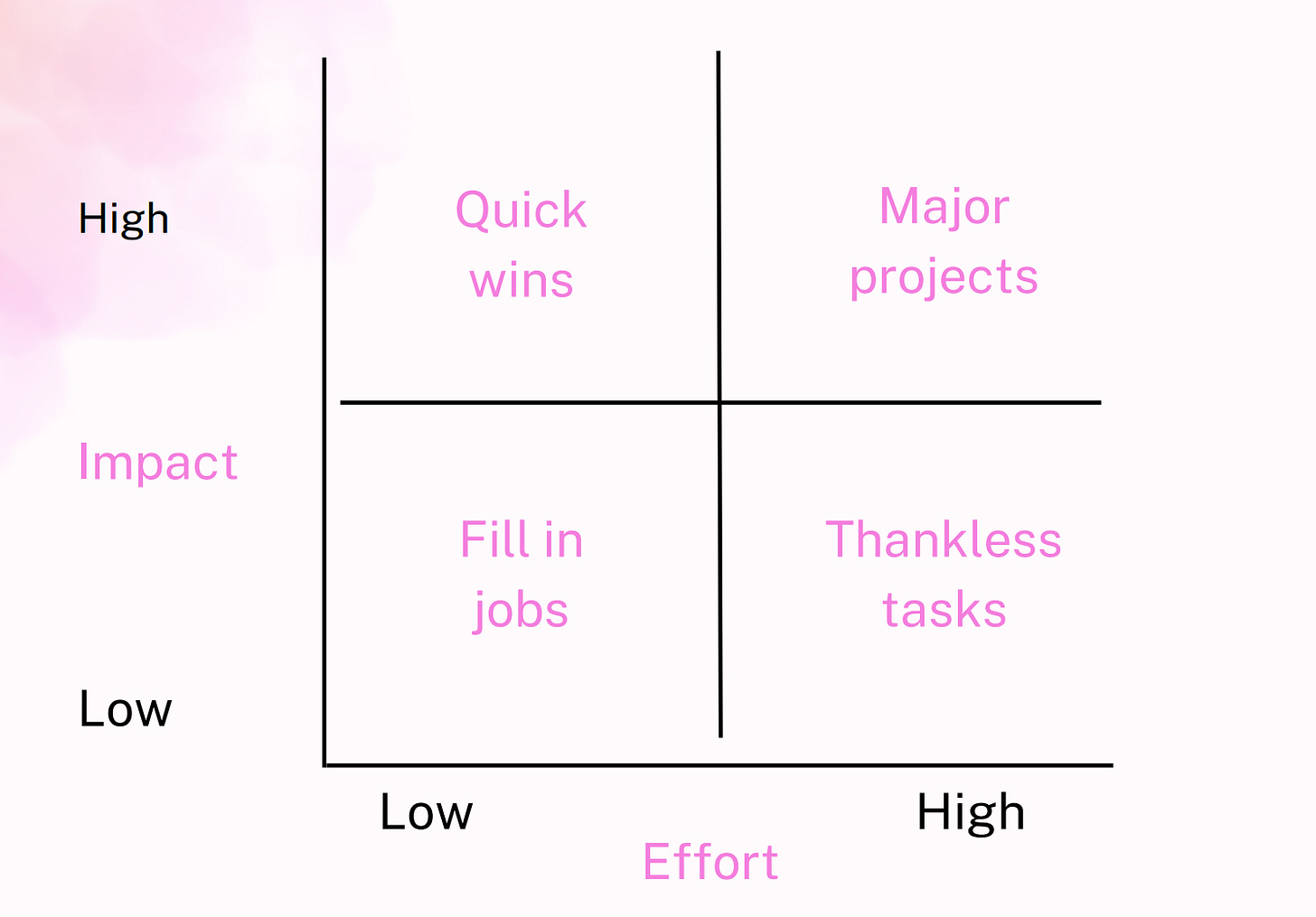Securing Client Buy-In for SEO Testing
Turn hesitation into action by pitching simple, data-driven SEO tests that show results and build trust for future strategies.
As an SEO professional, testing is the secret to refining your strategies and delivering impactful results for your clients. But how do you get clients to commit to SEO testing? It’s all about presenting the value of small, data-driven wins while focusing on quick, understandable results. Here’s how to approach client buy-in with a clear, three-step plan:
1. Identify Opportunities that Solve Real Problems
Start by pinpointing areas where your SEO tests can address a need or concern for the client. These could be low-hanging fruit like improving click-through rate (CTR) for pages that rank well but don't convert or capturing featured snippets by refreshing content.
Clients are more likely to buy in when they can see how tests align with their goals. Some questions to help you identify opportunities include:
Are there underperforming pages that could benefit from optimization?
Are there keywords in striking distance that could boost rankings with minor changes?
Is page layout affecting how users interact with the site’s content?
Are there opportunities to capture rich results that the site isn’t capitalizing on?
The list above focuses on opportunities you likely already know about and data you can easily sort through. Another way to think of testing ideas is to think about your client’s business goals in general.
What other digital marketing projects is your client working on? Are they working on brand marketing? Do they have social media campaigns? Do you have access to their other teams and agencies they work with to see if there is a possibility to work together on a project?
This will be dependent on what your client is focused on. I’ll get into an example of how this can work in another section.
2. Prioritize Based on Impact and Effort
Once you’ve found testing opportunities, prioritize them based on two factors: potential impact and effort required. Categorize them as high, medium, or low in each category. High-impact, low-effort tests are your quick wins—the perfect starting point.
For example, updating headings with location data or improving internal linking can offer substantial results with minimal effort. This helps demonstrate fast results, making it easier to gain trust for more complex tests in the future.
3. Get a “Yes” with Quick Wins
The first “yes” is the most important. Focus on proposing tests that clients are more likely to agree to, especially if it involves something they’re already invested in. If a client has expressed a particular interest in improving a specific page, build your test around that. Even if you have a different test in mind, starting with what they care about builds rapport.
For example, I have a local SEO client who is going all in on their brand marketing. They have a brand marketing team that is working on creating commercials and other types of advertising to get their business recognized in their target locations.
They have seen an impact in recognition from these efforts and are always looking for more ways to become known as the expert in their field in the area that they serve. We had noticed that their brand name in title tags kept getting left out in search results. So we proposed a title tag test where we used a different way than the standard “Service | Brand Name” format to increase the likelihood that their brand name would be shown.
The client LOVED it and approved the idea immediately. Now was this the most impactful test we could have possible done for them? No. But, we got our foot in the door and were able to prove ourselves with this test idea, which made getting future test proposals approved much easier.
Once you deliver results from these small tests, clients will be more willing to trust your expertise with larger or more intricate SEO experiments.
Build Momentum for Future Testing
By starting with client-specific needs, prioritizing high-impact, low-effort tests, and focusing on getting that first "yes," you’ll build the trust needed to explore broader tests.
SEO testing is all about showing value through incremental improvements that clients can see and understand. Securing buy-in for that first winning test will set the stage for ongoing testing, where you can continually refine their SEO strategy with data-backed decisions.


